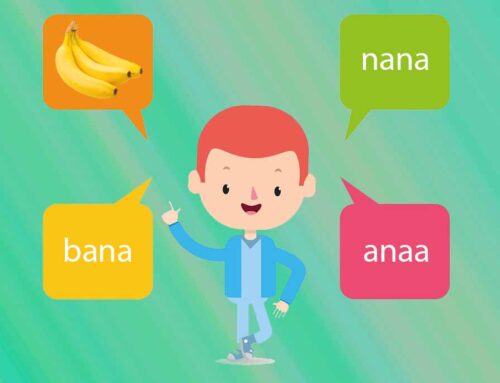Prompt speech therapy is a type of intervention used to treat speech and language disorders. It is a highly structured therapy approach that focuses on helping individuals develop their communication skills through a variety of techniques, including modeling, feedback, and repetition. The effectiveness of Prompt therapy has been the subject of much debate in the field of speech therapy, with some experts questioning its efficacy and safety. This controversy has led to a divide in the community, with some therapists staunchly advocating for its use, while others caution against it.
The roots of the controversy surrounding Prompt speech therapy can be traced back to the method’s development in the 1980s. Prompt was created by Deborah Hayden, a speech-language pathologist who was seeking a new way to help children with severe apraxia of speech. Apraxia is a motor speech disorder that affects the ability to plan and coordinate the movements required for speech. Hayden’s approach to therapy was based on the idea that children with apraxia required more support and feedback than other children in order to develop their speech skills.
Prompt therapy involves a series of prompts, or cues, that are used to guide the child through the process of producing speech sounds. The prompts are physical, and often involve touching the child’s face or mouth in a specific way to help them produce the correct sound. The therapy is highly structured, with each session following a set of guidelines and procedures. The aim is to help the child develop their speech skills through repetition and reinforcement, gradually increasing the complexity of the sounds they are able to produce.
Prompt speech therapy controversy
One of the main criticisms of Prompt therapy is that it is not supported by enough empirical evidence. While some studies have shown promising results, others have been inconclusive or have found no significant difference between Prompt therapy and other types of speech therapy. Some experts argue that more research is needed to establish the efficacy of the approach, particularly in comparison to other treatments.
Another concern is that Prompt therapy may not be suitable for all children. Some children with certain medical conditions or developmental disorders may find the physical prompts uncomfortable or distressing. Others may not respond well to the highly structured nature of the therapy, or may benefit more from a more flexible approach. Critics argue that the one-size-fits-all approach of Prompt therapy may not be appropriate for all children, and that therapists need to be mindful of the individual needs and preferences of their clients.
A related issue is the potential for harm from Prompt therapy. Some experts have raised concerns about the physical prompts used in the therapy, suggesting that they may be intrusive or even abusive. While therapists are trained to use the prompts in a gentle and supportive manner, there have been cases where the therapy has been criticized for being overly forceful or insensitive. Additionally, there have been reports of children becoming upset or anxious during Prompt therapy sessions, which some argue is a sign that the therapy may not be suitable for them.
Prompt speech therapy Success Stories
Despite these concerns, many speech therapists continue to use and advocate for Prompt therapy. They point to the success stories of children who have made significant improvements in their speech skills as a result of the therapy, and argue that it can be an effective treatment for some children with apraxia and related disorders. They also emphasize the importance of tailoring the therapy to the individual needs and preferences of each client, and of ensuring that therapists receive appropriate training and supervision.
Ultimately, the controversy surrounding Prompt speech therapy highlights the complex and nuanced nature of speech therapy as a whole. While there are many different approaches and techniques used in the field, each with its own strengths and limitations, the most important factor is always the individual needs and preferences of the client.
Speech therapists must be prepared to adapt their methods to suit the unique circumstances of each case, and to constantly evaluate the effectiveness and safety of their interventions. Only through ongoing research and collaboration can the field continue to evolve and improve, with the ultimate goal of providing the best possible outcomes for individuals with speech and language disorders.
Final Words
It is important to note that while Prompt speech therapy may not be appropriate for every individual, it can be an effective treatment for some children with apraxia and related disorders. Additionally, therapists who use Prompt therapy should be well-trained and experienced in its use, and should always prioritize the safety and comfort of their clients.
Furthermore, it is important to consider that speech therapy is not a one-size-fits-all solution, and different individuals may require different approaches or techniques to best suit their unique needs. In some cases, Prompt therapy may be the most effective approach, while in others a different therapy approach may be more suitable.
Overall, the controversy surrounding Prompt speech therapy highlights the importance of ongoing research, collaboration, and critical evaluation in the field of speech therapy. As new techniques and approaches are developed, it is important to carefully assess their effectiveness and safety, and to tailor interventions to meet the individual needs and preferences of each client. With a commitment to evidence-based practice and client-centered care, speech therapists can help individuals with speech and language disorders achieve their communication goals and improve their overall quality of life.




